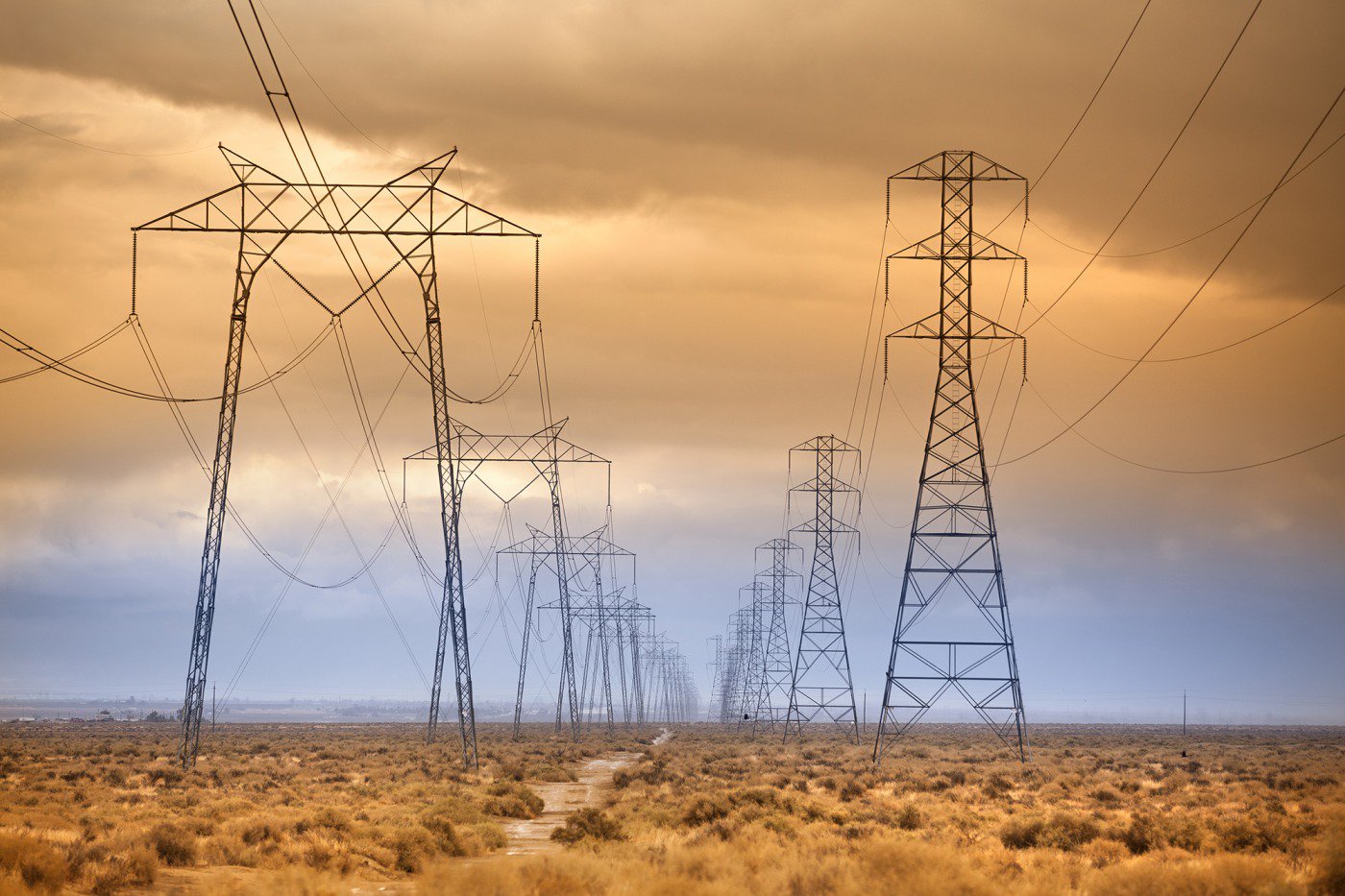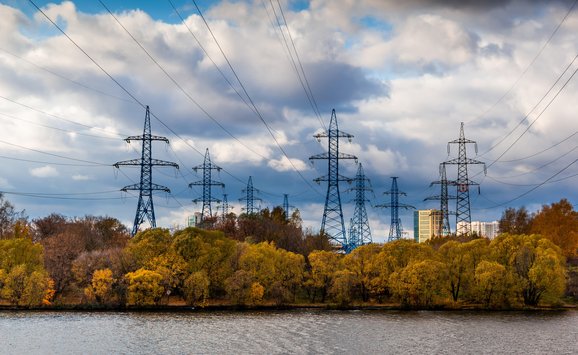In the face of uncertainty about future policies to address climate change, companies are using internal carbon pricing in their strategic planning to manage regulatory risk and explore future scenarios for potential investments.

The US electric power sector faces questions about whether to view “decarbonization” as inevitable. Scientific consensus on the threat of climate change as well as the disconnect between short-term politics and longer-term regulatory risks for utilities and electricity regulators already present both challenges and opportunities for regulators, electricity consumers, companies, and investors. Regardless of looming uncertainty about US climate policy under the current administration, a future administration or Congress could mandate emissions reductions from the power sector. Moreover, new markets for distributed energy resources and services—provided by customers, third parties, or the utilities themselves (rooftop solar, for example)—and demand by large corporate electricity customers for renewable energy could provide additional incentives to transition to a lower-carbon electricity system.
Fortunately, many electric power companies already have both the tools and know-how to manage regulatory risk—including significant experience using an internal carbon price for strategic and resource planning and in modeling to explore future scenarios for potential investments or resource deployment. This price on carbon, which is also sometimes known as a “shadow price,” can drive decisionmaking and help manage the risk associated with future carbon regulation and changing energy and technology markets.

In the United States and elsewhere, electric power companies have also begun to disclose internal carbon prices as part of more comprehensive assessments of the physical and financial risks of climate change—alongside a broader push to identify and disclose corporate risks to investors due to climate change through voluntary efforts such as the Carbon Disclosure Project (now CDP) and the Task Force on Climate-Related Financial Disclosures.
A carbon price can be used in electric system models as a proxy for future carbon policies.
The Benefits of Internal Carbon Pricing
For electric power companies, a push toward lower-carbon electricity could be a potentially beneficial business strategy if, as many experts predict, decarbonization is coupled with the broader trend of growing electrification of the US economy. Consumers may face higher electricity costs in the future, particularly if existing or new fossil fuel–fired power plants ultimately become uneconomic (known as “stranded assets”) due to carbon regulation, requiring ratepayers to absorb some or all of the costs. For investors, both the potential benefits of new profit-making opportunities and the downsides of stranded assets create an uncertain investment environment.
Internal carbon pricing can work to companies’ advantage in a number of ways. Essentially, a carbon price can be used in electric system models as a proxy for a wide variety of future carbon policies that would affect a company’s resource mix, operations, and business decisions. Entergy Corporation, for example, reported in 2015 that it “uses a forecast price on CO2 [carbon dioxide] as a strategic tool to evaluate 1) the impacts and opportunities a CO2 price could have on long-lived asset investments, 2) to inform Integrated Resource Plan scenarios designed to determine the optimal mix of future resources, and 3) to help identify least-cost methods for meeting its voluntary CO2 stabilization goals.” Entergy also reported using an internal CO2 price to assess business decisions about acquisitions, power purchases, divestitures, and more.

State policymakers may require a second approach to pricing carbon (which, although not the focus of this article, deserves mention) by accounting for what is known as the social cost of carbon to estimate the future damages from climate change and the benefit from avoiding these climate-related damages. The social cost of carbon has been used by the federal government to assess the benefits of regulations that reduce carbon emissions, and by states such as New York and Minnesota to value benefits from rooftop solar panels and other distributed energy resources. (A recent presidential executive order, however, disbanded the federal interagency working group responsible for developing estimates of the social cost of carbon and withdrew several documents underpinning the group’s methodology and analyses, stating that they “are no longer representative of government policy.”)
Future Carbon Regulations
Internal carbon pricing may be beneficial beyond informing strategy and planning activities at electric utilities—adopting internal carbon pricing in anticipation of future carbon prices imposed by law may actually result in greater overall emissions reductions. Recent research has examined this under the modeling assumption that the electric power sector would have perfect foresight about future regulations. A June 2016 analysis of the Clean Power Plan by the Bipartisan Policy Center modeled a scenario in which more stringent emissions standards would apply to both new and existing power plant units starting in 2030, and would escalate to require a 65 percent reduction in CO2 emissions from 2005 levels by 2040. In this situation, expectations about these future emissions constraints affected emissions and capacity mix in the near-term period from 2022 to 2027. In other words, anticipation of a carbon price more than a decade in the future changed near-term investment decisions about the least-cost path for the power sector.
Similarly, an analysis of the Clean Power Plan by the US Energy Information Administration in September 2016 assumed a 45 percent reduction of CO2 emissions from 2005 levels by 2040 and found that from 2015 to 2030, anticipation of future, more stringent emissions targets resulted in changes to the generation capacity mix—including the retirement of additional fossil-fuel capacity and a significant increase in solar capacity beyond what would occur under the Clean Power Plan without a more stringent post-2030 target. (Regarding the Clean Power Plan, several companies have flagged the difficulty of projecting carbon prices due the decentralized structure and legal uncertainties of the program, which was stayed by the Supreme Court in early 2016 and otherwise faces an uphill battle under the Trump administration.)
Of course, in the real world, electric power sector companies and their regulators must operate under considerable uncertainty about the future and they do not have the luxury of perfect foresight, as assumed in modeling exercises. Nevertheless, many companies do indeed model future carbon price scenarios that inform business decisions and resource planning.
Policy Drivers for Internal Carbon Pricing: Integrated Resource Planning
Some electric utilities have formalized the use of internal carbon pricing with state public utility commissions through integrated resource plans, which utilities and state regulators use in assessing how to meet future energy and peak-capacity demand through a mixture of supply- and demand-side resources. (Merchant power companies, which operate in regions with wholesale power markets, are not regulated by state public utility commissions.)
The content of integrated resource plans is often dictated by state legislation or regulations, with varying requirements on the issues that must be addressed, frequency of updates, time horizons for planning, treatment of environmental costs or regulatory risk, and other issues. In many cases, these plans assess numerous potential future resource portfolios and perform sensitivity analyses based on relevant parameters such as fuel prices and growth in electricity demand. A 2016 study by consulting firm Synapse Energy Economics found that the percentage of integrated resource plans including a carbon price has grown steadily in recent years—from none of the plans reviewed from 2003 to 2007, to more than half of those reviewed between 2012 and 2014, to almost all of the plans reviewed from 2014 to 2015. This most recent period coincides with the development of the Clean Power Plan.
Setting Internal Carbon Prices
In an increasingly uncertain regulatory and legal environment, how should utilities revise and adjust internal carbon prices? The practice has become more prevalent, but there is little consistency in the prices used across companies. A 2016 international survey of companies across all economic sectors found that carbon prices ranged from less than $8 to greater than $800 per metric ton CO2.
US companies in the electric power sector also employ a variety of prices. Several differences in the carbon pricing used by electric power companies are worth noting. For instance, companies differ on whether they include a carbon price in their baseline assumptions, in sensitivity analyses, or in both. In addition, some integrated resource plans present a range of carbon prices that reflect different assumptions about future natural gas prices, rather than alternative stringencies for future carbon policies. Companies also vary in how explicit they are in public documents about their carbon pricing scenarios. For example, while most integrated resource plans describe the prices used for analysis, others state only that they have used different carbon prices, without providing any numbers. (Furthermore, this level of transparency may differ across operating companies in different states owned by the same utility holding company.)
Significant differences also exist across companies in terms of the basis for setting a carbon price, and these rationales continue to evolve over time. A 2009 review of practices in western states found that several companies used modeling of potential federal legislative proposals to set internal carbon prices. In other cases, states have mandated specific prices or approaches to develop prices. Oregon, for example, sets carbon pricing guidelines that require at least one scenario that would trigger the selection of a portfolio of resources substantially different from the portfolio preferred by the company. More recently, companies have projected the price of carbon based on the California cap-and-trade system or the expected prices under the Clean Power Plan.

Furthermore, some companies have used carbon prices in their integrated resource plans that go beyond existing regulatory requirements and consider the possibility of longer-term constraints on emissions, either in their baseline scenario or in sensitivity cases. For example, in its 2016 Integrated Resource Plan, Portland General Electric includes a scenario that “would allow for [Clean Power Plan] compliance from 2022–2030 and science-based climate goals to be achieved by 2050.”
Finally, companies may present policies or resource scenarios in their integrated resource plans that include assumptions about lower-carbon resources in addition to, or instead of, more stringent future carbon constraints. Duke Energy Indiana, for example, analyzes an “Increased Customer Choice” scenario that, in addition to more stringent carbon constraints, incorporates assumptions including greater rooftop solar capacity, higher levels of energy-efficiency measures adopted by customers, and new utility-scale generation provided by merchant generators.
Hedging Against an Uncertain Future
For the US electric sector, estimating internal carbon prices for planning will be more difficult but just as important in the new, less-supportive political environment surrounding climate policy. On the one hand, considering the Trump administration’s opposition to using the Clean Power Plan to reduce CO2 emissions, it is unclear whether utilities will reflect this policy in their use of internal carbon prices in the next round of integrated resource plans. On the other hand, states and utilities with a longer-term view of climate science and politics may want to continue hedging regulatory risks and may decide to reflect carbon prices based on factors that go beyond the costs of complying with the Clean Power Plan, if it is implemented.
The anticipation of future carbon prices could drive near-term action to deploy clean energy technology.
Under this view of the future, and given the length of the planning horizon for the electric power sector, the anticipation of future carbon policies and prices could drive near-term action to deploy clean energy technology and reduce emissions. The following recommendations can help policymakers, companies, and investors navigate the uncertainties about future policies to reduce carbon dioxide emissions.
First, if they do not already, state public utility commissions should require utilities under their jurisdiction to explain their assumptions about future carbon prices and to use an explicit carbon price or range of prices in the public version of their integrated resource plans. These blueprints continue to be a natural vehicle to explore regulatory scenarios because the risk of future carbon regulation is directly related to cost of electricity to consumers, fuel diversity, grid reliability, and other objectives that have long been at the heart electricity regulators’ core mission. Moreover, a carbon price should be used to help value distributed energy resources and services—provided by customers third parties, or the utilities themselves (rooftop solar, for example)—as more state regulators and companies explore the implications of these resources for market and regulatory structures.

Second, with more stringent mandatory carbon disclosure guidelines from the Securities and Exchange Commission now less likely under the Trump administration, electric power companies (including merchant power companies not subject to integrated resource planning requirements) should consider adopting voluntary carbon disclosure guidelines that include scenarios with a range of potential future carbon prices. The US electric power sector is well positioned to take the lead on this type of disclosure because many utilities already provide this information in some form, either in response to a specific carbon price required by state regulators or through their own choice of a carbon price in a mandated planning process.
Third, although it is impossible to know exactly how policy to address CO2 emissions will unfold in the next decade, rigorous modeling to estimate potential future compliance costs will be critical. This need for transparent information on a range of potential prices applies to prices estimated for electric utility planning as well as for voluntary disclosure of corporate carbon prices. Modeling of different climate policy scenarios, including potential scenarios under future international commitments, might be appropriate. These scenarios could include both sectoral and economy-wide policies, representing a variety of possible designs that would utilize mass-based emissions trading programs or carbon taxes.
Ideally, the federal government would play an important role in projecting the cost of future compliance with climate mandates to estimate the price of carbon emissions. In the new political climate, however, this appears unlikely in the near term. It would therefore be beneficial for states or groups of states to cooperate on this type of modeling and research. Alternatively, or in addition, a consortium of researchers and analysts could help develop this information for the public benefit.
Finally, the use of internal carbon prices to hedge regulatory and climate risks raises a number of research and policy questions related to how companies use these prices and to the evolution of a lower-carbon electricity system:
- What carbon prices should be used for the most cost-effective trajectory to meet prospective emissions targets? What are the costs of underestimating (or overestimating) the level of carbon price needed?
- How will changes in electricity technologies, fuel prices (particularly natural gas), and market structures affect the level of carbon pricing necessary to meet emissions targets?
- How will other types of policies, including renewable energy mandates and energy efficiency standards, affect internal carbon pricing?
Answers to these and related questions will help drive more cost-effective pathways to a lower-carbon electricity system during a period of great political uncertainty.







